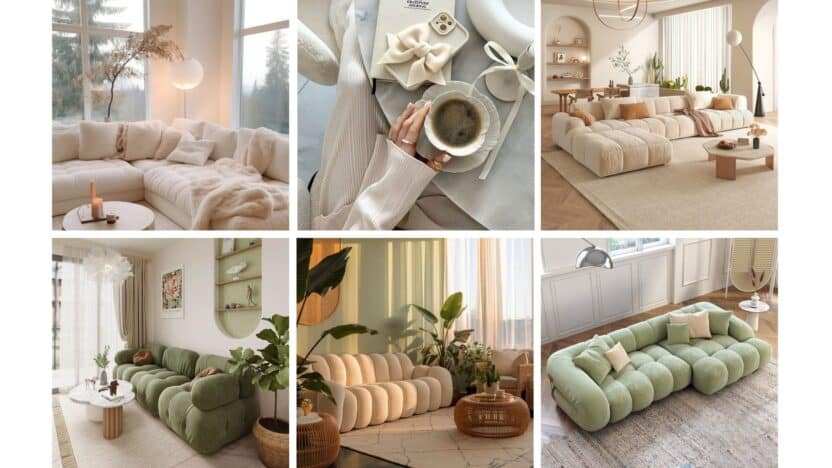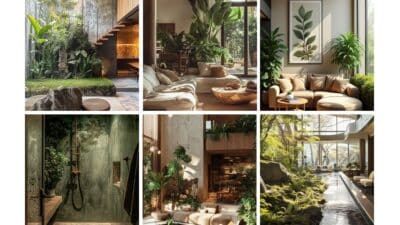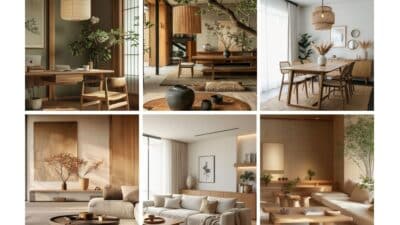Choosing the right sofa can make a big difference in your living space, shaping both comfort and style for years to come. If you want a sofa that holds up and fits your lifestyle, pay close attention to materials, shapes, and current trends while you shop. From stain-resistant fabrics to classic shapes and trending colors, each choice impacts how your sofa looks and feels in your home.
With so many options, it’s easy to feel overwhelmed—but knowing what to look for can simplify the process. Whether you need a sectional for a busy family room or a statement piece that stands out, understanding the basics of construction, design, and trend influences will help you narrow down your options quickly.
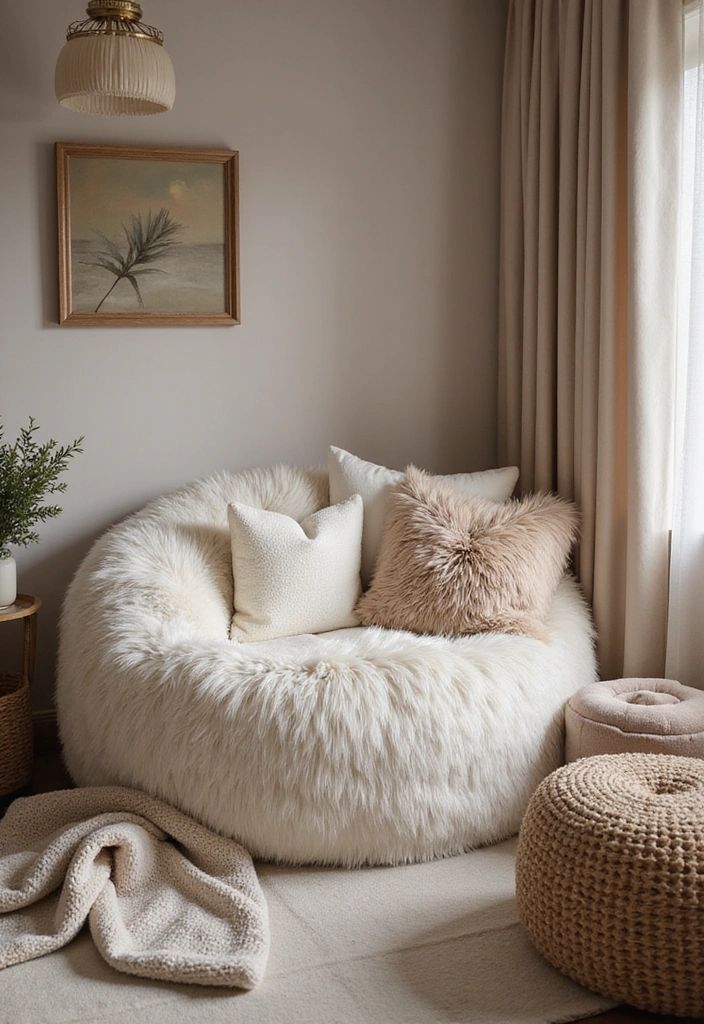
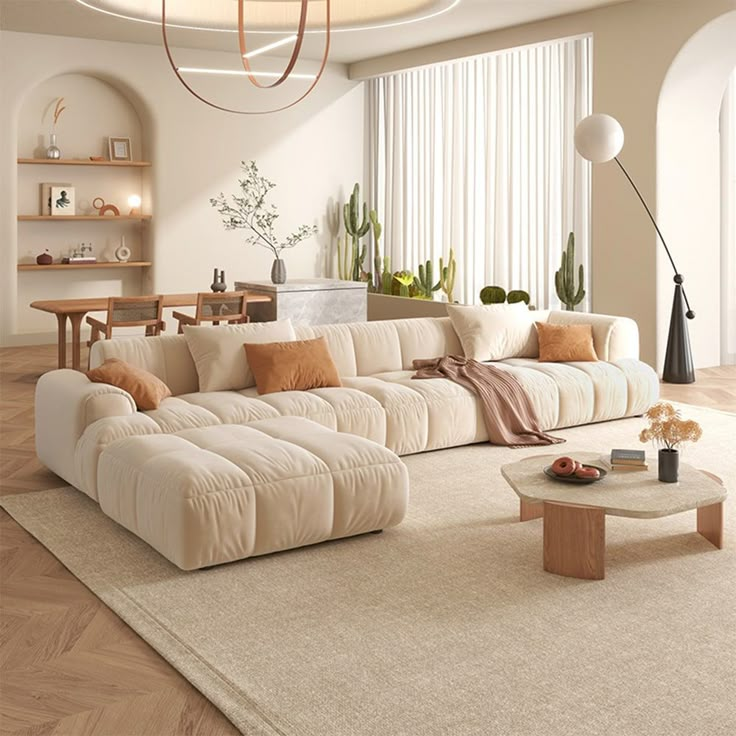
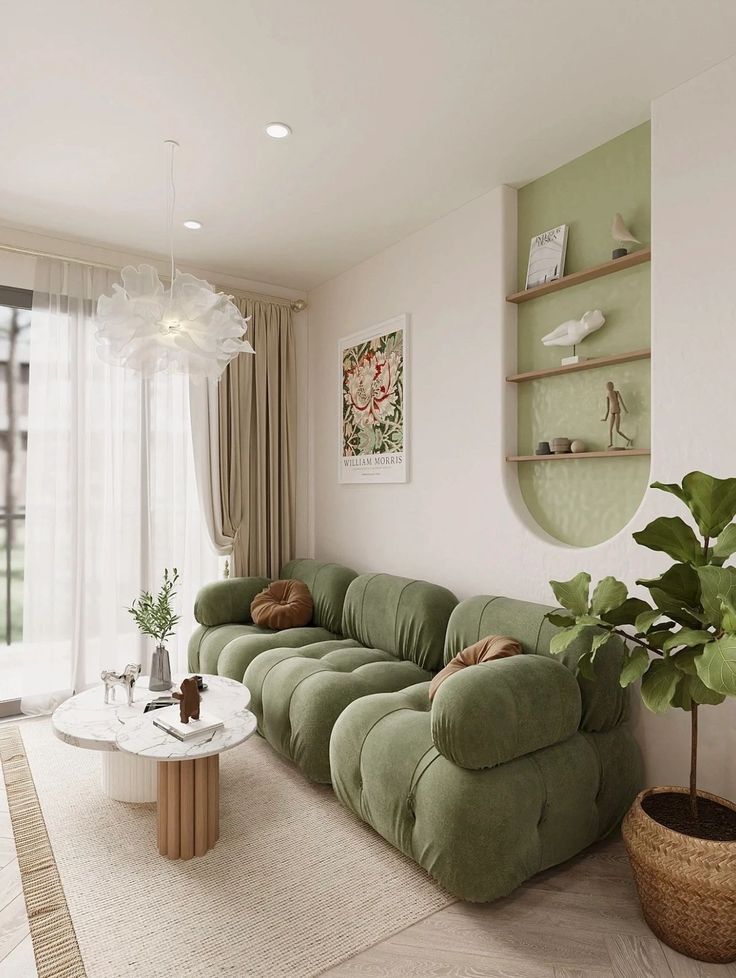
Key Takeaways
- Choose materials based on comfort, durability, and lifestyle needs
- Match sofa shapes and styles to your room layout
- Pay attention to current trends and practical features when you shop
Choosing the Right Sofa Material
Sofa material affects not only comfort but also maintenance, durability, and how well your sofa suits your daily life. Your choice can impact the look, feel, and lifespan of your furniture, so understanding the strengths and weaknesses of each option is important.
Leather Sofas: Pros, Cons, and Care
Leather sofas offer a classic, timeless look and feel smooth to the touch. They tend to age well, developing a patina over time, which can add character to your living room. Many people appreciate leather for its durability and resistance to stains, as spills are usually easy to wipe away.
However, leather can be prone to scratches and may not be ideal if you have pets with sharp claws. Temperature can also affect comfort—leather can feel cold in winter and sticky during summer.
To keep a leather sofa in good condition, dust regularly and use a cleaner specifically formulated for leather. Conditioning once or twice a year helps prevent cracks and ensures the leather stays soft.
Fabric Sofas: Types and Maintenance
Fabric sofas come in a wide range of colors, patterns, and textures. Common sofa fabrics include cotton, linen, polyester, velvet, and microfiber, each offering different benefits. Cotton and linen feel soft and breathable but can stain more easily without proper treatment.
Polyester and microfiber are popular for being durable and more resistant to everyday wear. Velvet, while striking in appearance, requires careful maintenance to avoid crushing the pile or trapping dust.
For regular care, vacuum your fabric sofa to remove dust and crumbs. Spot clean spills immediately using mild soap and water, or a fabric-specific cleaner. If your sofa has removable covers, machine washing according to instructions can make maintenance easier.
Durable and Stain-Resistant Options
Some materials offer enhanced durability for busy households or high-traffic areas. Microfiber is known for resisting stains and water, making it a top pick for families with kids or pets. Blended fabrics that include synthetic fibers like polyester or acrylic often wear better than pure natural fibers.
Leather also performs well against stains, though it needs protection from scratches. For extra resilience, consider treated fabrics with stain-repellent coatings.
Comparison Table:
| Material | Durability | Stain Resistance | Maintenance |
|---|---|---|---|
| Leather | High | High | Occasional care |
| Microfiber | High | High | Easy |
| Polyester | High | Good | Easy |
| Cotton/Linen | Moderate | Low | Moderate |
| Velvet | Moderate | Low-Moderate | Needs care |
Choosing a durable, stain-resistant sofa can make everyday life easier, especially if your home is prone to spills or lots of activity.
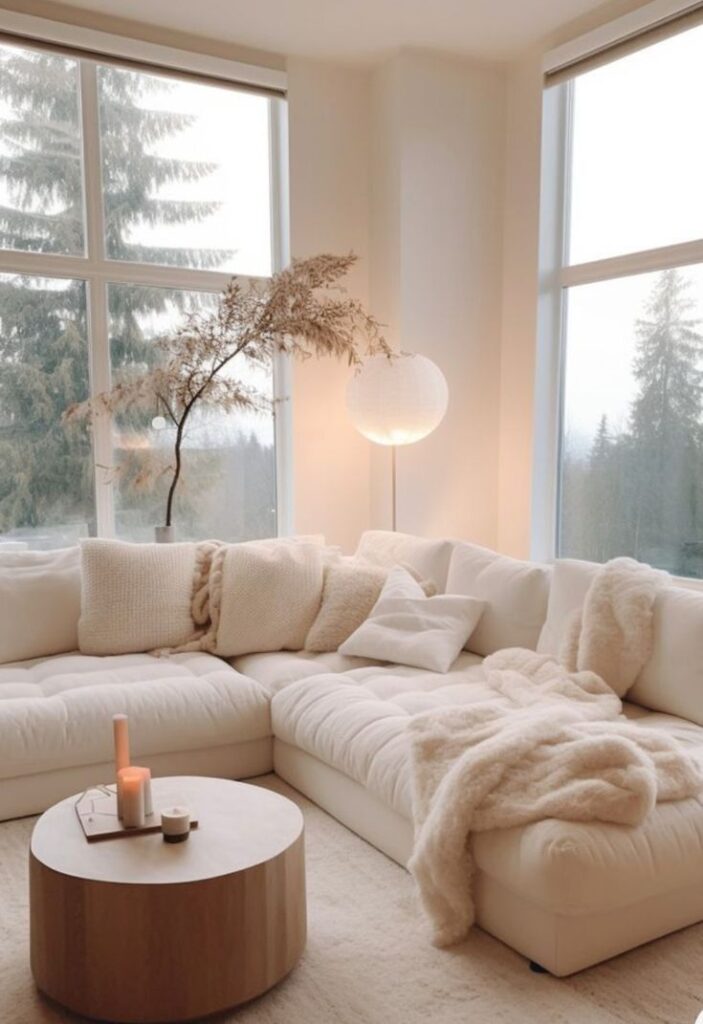

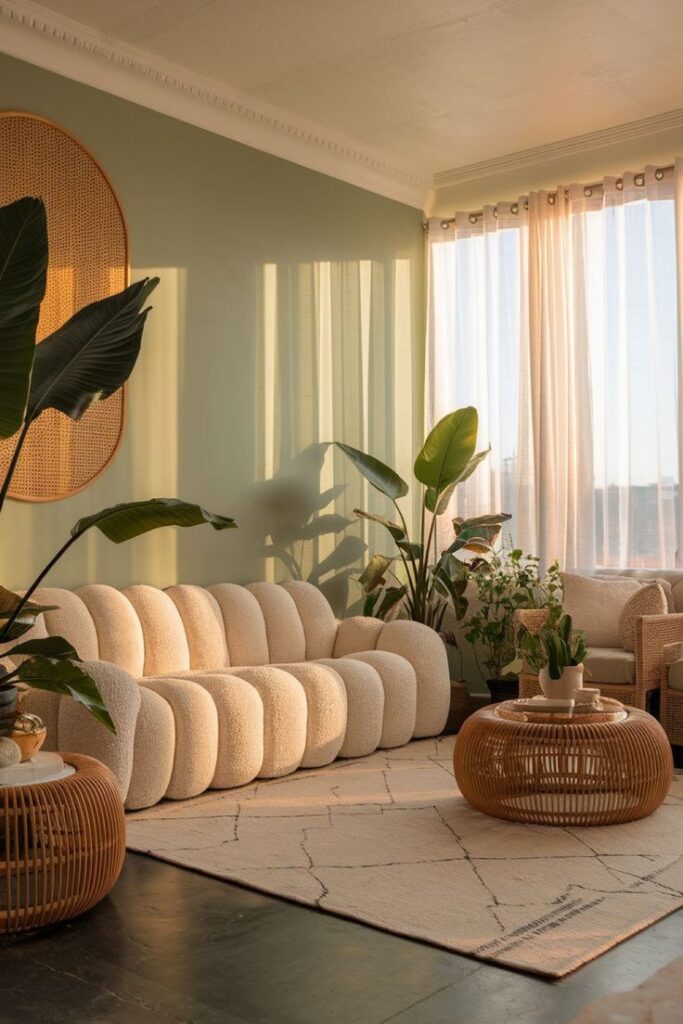
Sofa Shapes and Room Layouts
Selecting the right sofa shape is key to creating a living room that feels balanced and suits your lifestyle. Your choice should fit your available space, usage habits, and the way you want traffic to flow.
Sectional Sofas and Their Configurations
Sectional sofas are popular for their flexibility and can be arranged in multiple ways to fit different rooms. Common layouts include L-shaped and U-shaped sectionals, which are ideal for creating clear zones within open-plan spaces. With a sectional, you can separate a lounging area from a dining area or even define an entertainment corner.
Modular sofas take flexibility further. Each piece can be rearranged or expanded, letting you customize the setup as needed. If you have frequent guests or growing needs, a modular sofa can keep up without requiring a new purchase.
Standard sectionals can include features like chaise lounges or corner sections, providing extra seating without overwhelming a room. For families, these options are great for group gatherings, movie nights, or relaxed weekends.
Best Sofa Shapes for Small and Large Spaces
In a small room, compact shapes like loveseats or slim two-seater sofas are often the best fit. A loveseat offers seating for two and works well in apartments, studios, or bedrooms. For even more versatility, look for a small modular sofa that lets you reconfigure as needed.
If you have a spacious living area, a large sectional or U-shaped modular sofa can become the focal point of your room. These shapes define clear seating areas and work well for entertaining. Placing a modular sofa in the center of a large room can break up unused space and create a cozy environment.
For narrow or awkward layouts, consider a sleek straight sofa combined with accent chairs or a loveseat opposite. This allows room for movement without wasting valuable floor space.
Tips for Measuring and Placement
Before buying a sofa, measure your room and doorways carefully. Use painter’s tape to outline the sofa’s footprint on the floor, giving you a physical sense of its size. Always check that you’ll have at least 30–36 inches of clearance for walking.
If you’re considering a sectional or modular sofa, measure for each individual piece. Make sure your chosen configuration won’t block doors, windows, or pathways. For tight areas, a loveseat or space-saving sectional may be the most practical solution.
Refer to this quick checklist:
| Consideration | Recommendation |
|---|---|
| Room width | Allow sufficient walkway |
| Doorways | Measure before delivery |
| Shape | Match to room size/layout |
| Traffic flow | Avoid blocking paths |
Careful measurement and planning help avoid costly mistakes and ensure your new sofa fits both your style and your space.
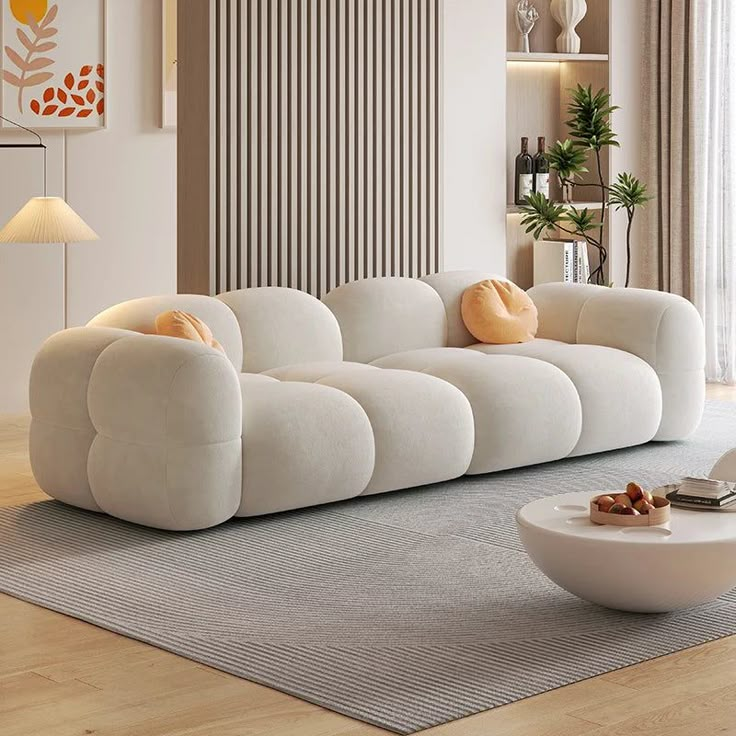

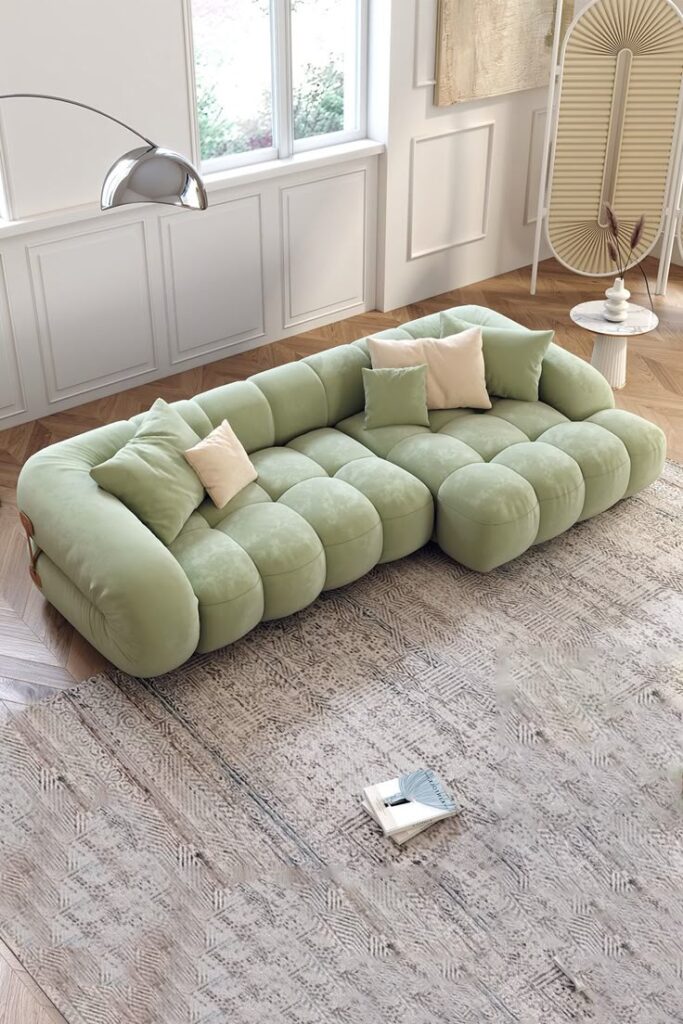
Popular Sofa Styles and Designs
A sofa is more than a place to sit. The shape, features, and style you choose affect comfort, durability, and how your space looks and feels.
Modern Sofas: Sleek and Minimal
Modern sofas are defined by their clean lines, simple forms, and minimal detailing. These designs suit contemporary spaces and open-plan homes. The focus is on bold simplicity and functionality, often with low profiles and straight or slightly curved arms.
You’ll usually find legs made from metal or wood, often exposed for a lighter appearance. Upholstery choices tend toward solid colors in neutral or bold palettes, making it easy to coordinate with most décor styles.
These sofas typically use “tight-back” cushions to keep the look streamlined. Modular and sectional options are popular for flexibility in arranging your space. Modern sofas are a go-to if you want a tidy look and easy maintenance.
Mid-Century Modern Sofas: Timeless Appeal
Mid-century modern sofas feature geometric shapes, tapered legs, and button-tufted cushions. Originating in the mid-20th century, these sofas combine comfort with a neat aesthetic. Iconic features include low backs and gently sloped arms which create a subtle retro vibe without feeling outdated.
Materials like walnut or teak wood are often used for legs and frames. Fabrics are typically chosen for durability, including wool blends, tweeds, or smooth leather. Popular colors range from earthy neutrals to brighter hues like mustard and teal.
Mid-century modern sofas are a favorite for those who appreciate a blend of vintage charm and modern practicality. Their design seamlessly mixes with both classic and up-to-date interiors.
Rolled Arms and Unique Design Features
Sofas with rolled arms showcase traditional design elements. The arms are rounded and padded, offering enhanced comfort and a welcoming silhouette. This feature is common in Chesterfield or English roll-arm sofas, which may also feature tufted backs and deep seats.
Other unique design features you might encounter include nailhead trim, exposed wood details, and decorative stitching. These add character and can match a range of décor—from formal living rooms to cozy family spaces.
Choosing sofas with special features like rolled arms allows you to introduce classic elegance or signature details, making your seating area stand out.
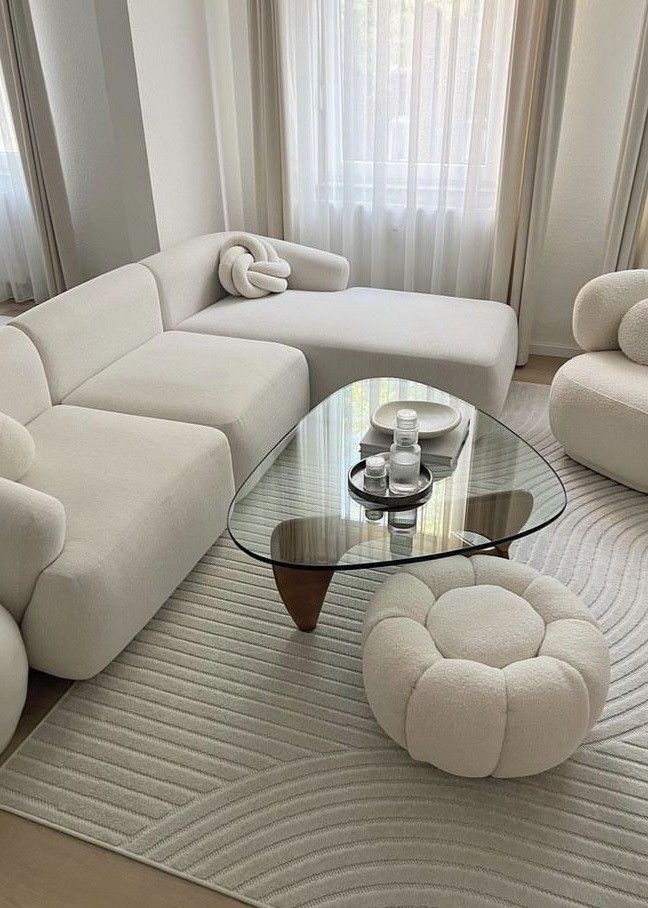
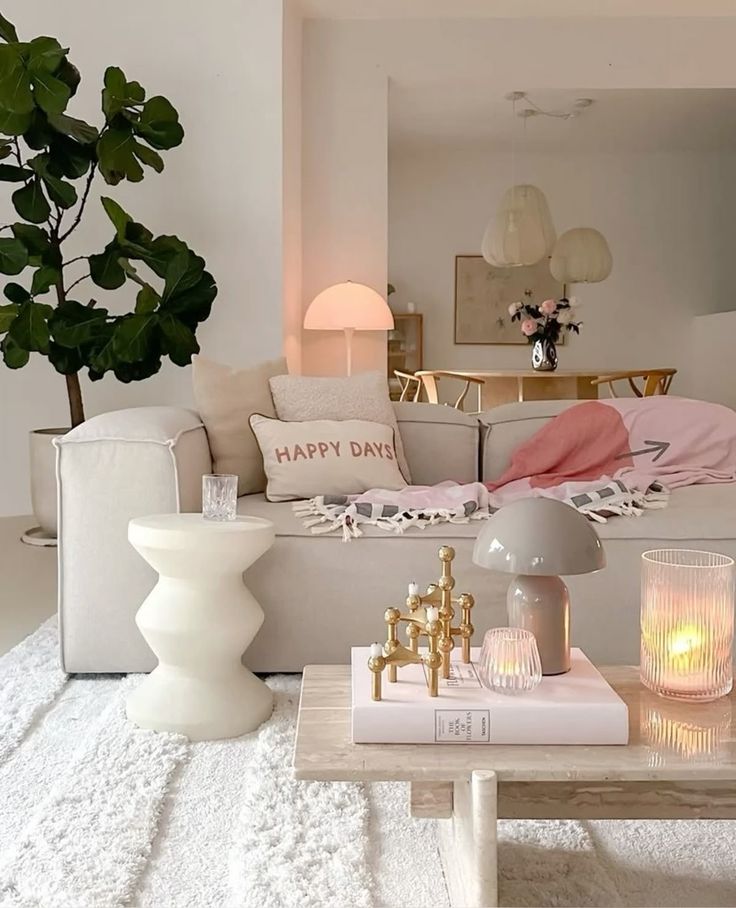
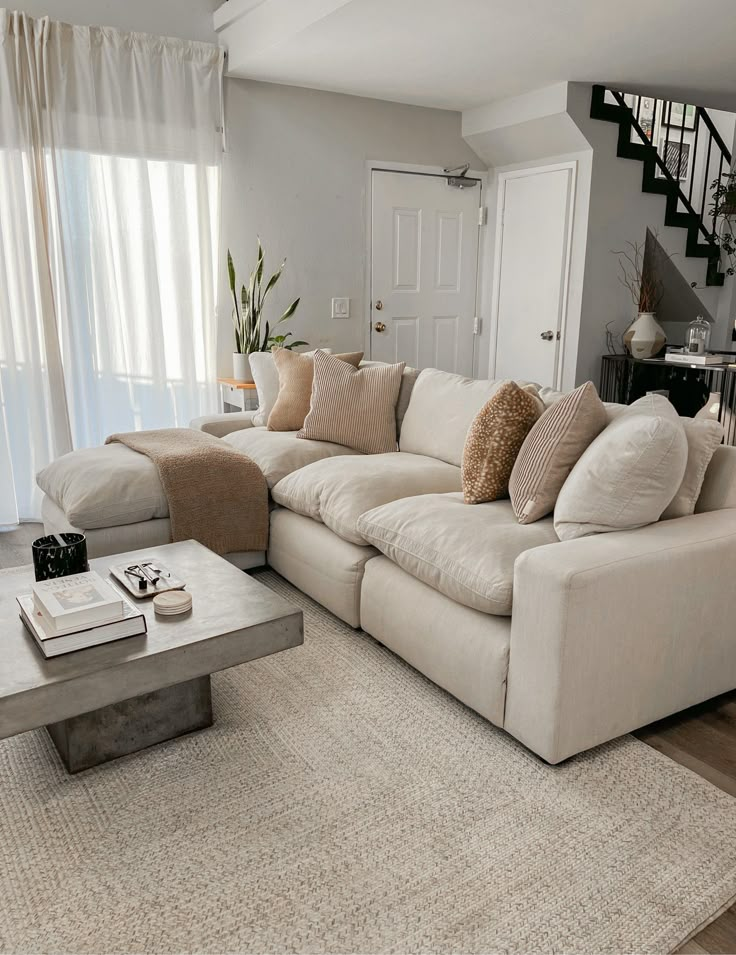
Functional Sofa Features to Consider
Choosing a sofa isn’t just about style; specific features can make a big difference in usability, comfort, and how well the sofa fits into your daily life. Understanding the options available helps you match your choice to your needs, especially if you host guests, prioritize relaxation, or need flexible seating.
Sleeper Sofas for Guests
If you expect overnight visitors, a sleeper sofa is a practical solution. These sofas convert from seating to a bed, saving space if you don’t have a dedicated guest room. Look for a sturdy frame, as the fold-out mechanism should be smooth and stable.
Mattress type matters. Memory foam offers more support than traditional spring mattresses. Consider the size—twin, full, or queen—based on your available space and typical guests.
Quick tips:
- Test opening and closing the bed to ensure easy operation.
- Check mattress thickness for comfort.
- Some models provide built-in storage for bedding.
Sleeper sofas range from modern to classic designs, so you don’t have to sacrifice aesthetics for function.
Reclining Sofas: Comfort and Mechanics
A reclining sofa provides customizable comfort, letting you adjust seat positions with a lever, button, or touch panel. This is ideal for movie nights or relaxing after work. You’ll find both manual and power-operated options.
Power recliners are smoother and often have extra features, such as USB charging and adjustable headrests. Manual versions are less expensive and require only a pull on the side handle.
Main points to consider:
- Measure clearance needed behind the sofa for full recline.
- Test different seat angles for comfort and lumbar support.
- Look for easy-to-clean upholstery, especially if you’ll be eating or drinking in the lounge area.
Some reclining sofas offer chaise lounges or zero-gravity settings for improved relaxation.
Modular Sofas for Versatility
Modular sofas are flexible, made of multiple sections that you can rearrange to suit your space or needs. This works well for growing families or changing layouts. You can start small and add more pieces later.
Popular modules include corner units, ottomans, and chaise lounges. Many modular sofas have attachable sections with easy connectors, keeping the pieces secure, yet they separate quickly for rearrangement.
Consider:
- Measuring your space and using modular pieces to maximize seating.
- Mapping out different possible configurations—U-shape, L-shape, or split for multiple rooms.
- Reviewing available fabric choices for easy maintenance and durability.
A modular design also makes it simpler to move and reconfigure if you relocate or redecorate.
2025 Sofa Trends and Style Tips
Sofas in 2025 balance comfort, function, and striking design. This year’s trends offer you a range of choices in materials, colors, and shapes to match any home style.
Trending Materials and Colors
Eco-friendly materials continue to grow in popularity. Sofas upholstered in recycled fabrics, organic cotton, and innovative options like cactus leather make your space more sustainable.
Textured fabrics, especially bouclé, velvet, and chenille, provide a cozy and modern look. These fabrics are also durable and stain-resistant, making them a smart pick if you have kids or pets.
Bold colors like deep green, terracotta, and navy are trending. Earthy tones and rich jewel shades give your sofa a fresh presence without overwhelming the room.
Soft neutrals, including cream, taupe, and gray, remain popular. These colors match easily with different decor styles and help showcase statement details or shapes.
Quick Tip Table: Popular 2025 Sofa Materials and Colors
| Material | Color Trends | Best For |
|---|---|---|
| Bouclé | Deep green, navy | Cozy living rooms |
| Velvet | Terracotta, jewel | Glamorous spaces |
| Organic cotton | Cream, gray | Minimalist looks |
| Cactus leather | Taupe, olive | Eco-friendly homes |
Statement Sofa Shapes and Details
Curved and sculptural sofas are leading the way in 2025. These designs feature soft, fluid lines that give your living room a relaxed vibe and make the space feel inviting.
Modular sofas offer flexibility. You can rearrange sections to fit your space or seating needs, which is great for families or frequent entertainers.
Designers are also combining materials and adding dynamic details. For example, you’ll see sofas with mixed upholstery, exposed wood, or unique stitching patterns.
Low profiles and deep seats remain in demand. Not only do they look contemporary, but they also offer maximum lounging comfort.
Compact loveseats are popular for small spaces, while oversized sectionals suit larger living rooms. Choose a style that fits your layout and daily routine for the best results.


